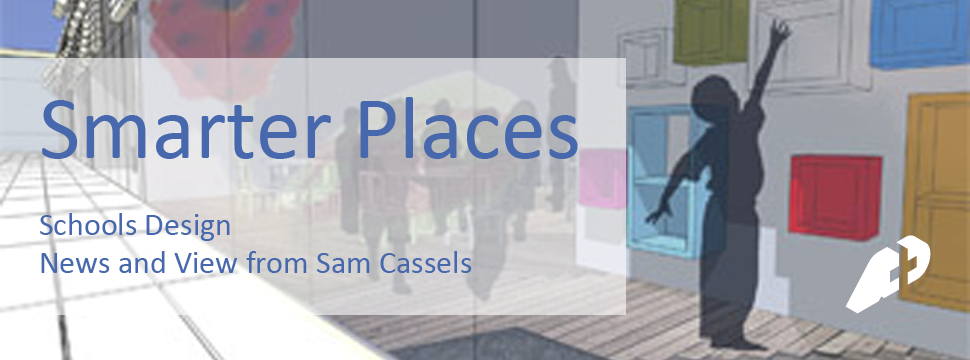In from the Cold
I first read and enjoyed John Le Carre’s book ‘The Spy Who Came In from the Cold’ many years ago. Since then I’ve probably re-read it a couple of times.
But I never really got the essential point of the book until I saw the film version starring Richard Burton – and one short scene in particular of only a few seconds screen time. The penny dropped and I understood the emotional narrative at the heart of the work.
Sometimes we do need to see a narrative with our own eyes to fully ‘get it’. Yes, the right words are crucial, but life is more than split infinitives.
Designers can do that. They can take clever ideas and turn them into something heartfelt, visceral, and to all intents and purposes ‘real’. What power.





























